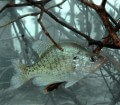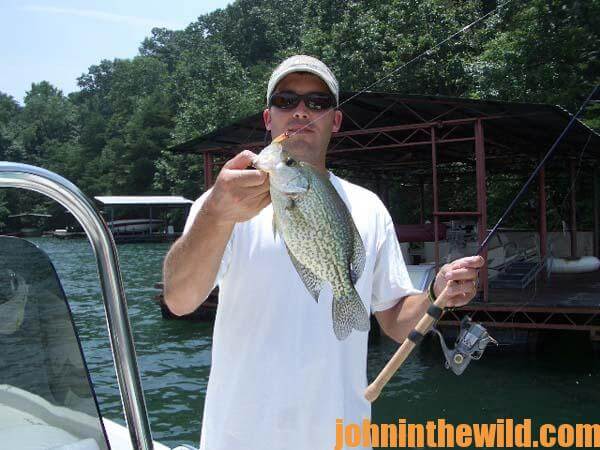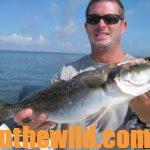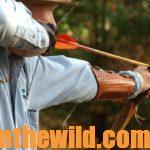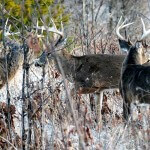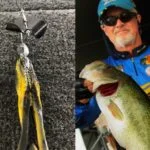John’s Note: Crappie don’t die after the spawn. But most of the time, you’ll have a difficult time finding them and seldom in shallow water. Some of the best crappie fishermen in the South have shared their secrets with us for catching crappie in weather so hot, eggs almost can fry on the sidewalk.
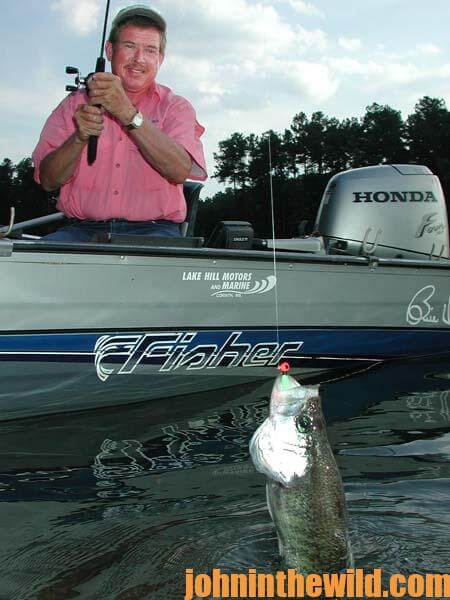 Adam McClellan from Cumming, Georgia, fishes the toughest lake in America – Lake Lanier, near Atlanta – and explains, “It’s an extremely-clear, deep lake with a lot of boat pressure and little structure. In the summer, I’ll shoot docks for crappie, which is like shooting a bow. You have to aim the jig and time the release of the jig with the release of the line. Then the jig will shoot forward on a limp line. I like a short highly-flexible lightweight rod like the B ‘n’ M 5-foot SharpShooter with a lightweight open-face spinning reel. I’ll spool it up with Bass Pro Shops Mr. Crappie Hi-Vis 4-pound-test line in bright-gold or yellow to be able to see my line.”
Adam McClellan from Cumming, Georgia, fishes the toughest lake in America – Lake Lanier, near Atlanta – and explains, “It’s an extremely-clear, deep lake with a lot of boat pressure and little structure. In the summer, I’ll shoot docks for crappie, which is like shooting a bow. You have to aim the jig and time the release of the jig with the release of the line. Then the jig will shoot forward on a limp line. I like a short highly-flexible lightweight rod like the B ‘n’ M 5-foot SharpShooter with a lightweight open-face spinning reel. I’ll spool it up with Bass Pro Shops Mr. Crappie Hi-Vis 4-pound-test line in bright-gold or yellow to be able to see my line.”
McClellan likes a 1/32-ounce jig, if he’s using a plastic jig body, or the white, pink and blue-ice colors in the Diamond Flash Spike-It grubs for summer, if he’s fishing plastic baits. “I’ll also use the 1/24-ounce jig on bright days,” McClellan reports. “I prefer to fish an older pier or a roofed dock, both of which provide shade where crappie can hide in the hot summer.
“I get as close as I can to the pier or the dock, hold the rod in my casting hand, open the bail on the spinning reel and hold the line with my index finger. I leave about 6 inches of line from the end of the rod to the jig. With my other hand, I take the jig between my index finger and my thumb, with the hook pointing away from me. I pull down on the jig, bending the rod until it’s shaped like a C. Next, I hold the rod as close as I can to the surface of the water. When I’m ready to shoot the dock, I aim the jig at the spot I want to hit. I release the jig a fraction of a second before I release the line, so the jig springs forward toward the tip of the rod.”
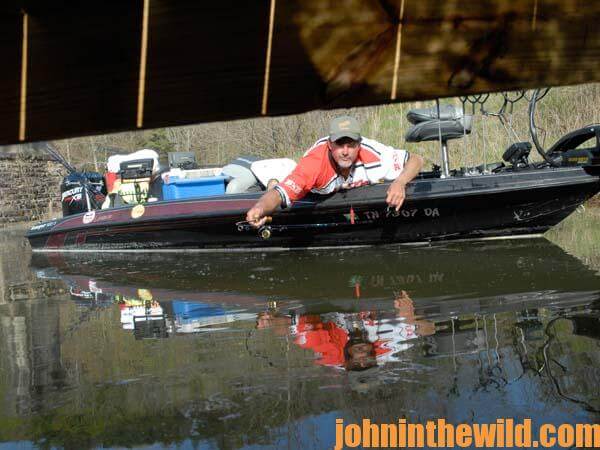 Just before the jig reaches the tip of the rod, McClellan releases the line with his index finger, causing the line to come off the reel with the full force of the rod as it springs forward. If you shoot correctly, the jig will hit the surface of the water at a very-low angle and will skip as much as 10 to 12 feet under the dock, which is much further than you can cast. Look for piers without any boats or jet skis to find docks that offer crappie shade and quiet.
Just before the jig reaches the tip of the rod, McClellan releases the line with his index finger, causing the line to come off the reel with the full force of the rod as it springs forward. If you shoot correctly, the jig will hit the surface of the water at a very-low angle and will skip as much as 10 to 12 feet under the dock, which is much further than you can cast. Look for piers without any boats or jet skis to find docks that offer crappie shade and quiet.
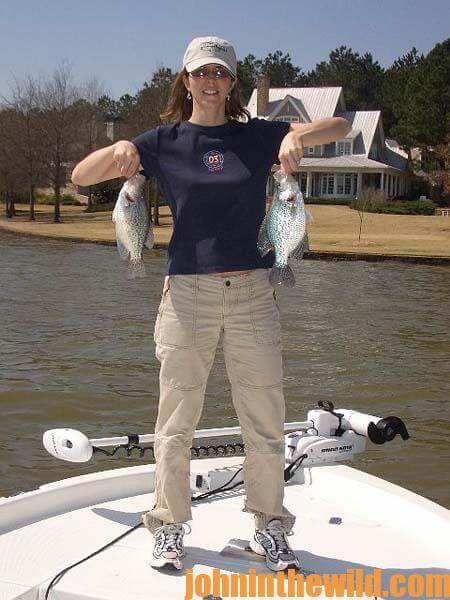 McClellan lets the jig sink down and watches for a strike on the line. When the jig sinks to the depth where he thinks the crappie will hold, he’ll use a slow, steady retrieve. In the hot summer months, the boathouses and piers in the deeper water generally will produce the most crappie.
McClellan lets the jig sink down and watches for a strike on the line. When the jig sinks to the depth where he thinks the crappie will hold, he’ll use a slow, steady retrieve. In the hot summer months, the boathouses and piers in the deeper water generally will produce the most crappie.
To learn much more about crappie fishing, get John E. Phillips’ Kindle eBooks and some print books, “Crappie: How to Catch Them Fall & Winter,” “Crappie: How to Catch Them Spring and Summer,” “Catch Cold Water Crappie Now” and “Catch Crappie All Year: Fishing a Single Pole, Using No Boat and Farming Crappie.” Click here to get these books. To receive for free the “Crappie Catchers’ Cookbook,” by John and Denise Phillips that offers free recipes, click here.


